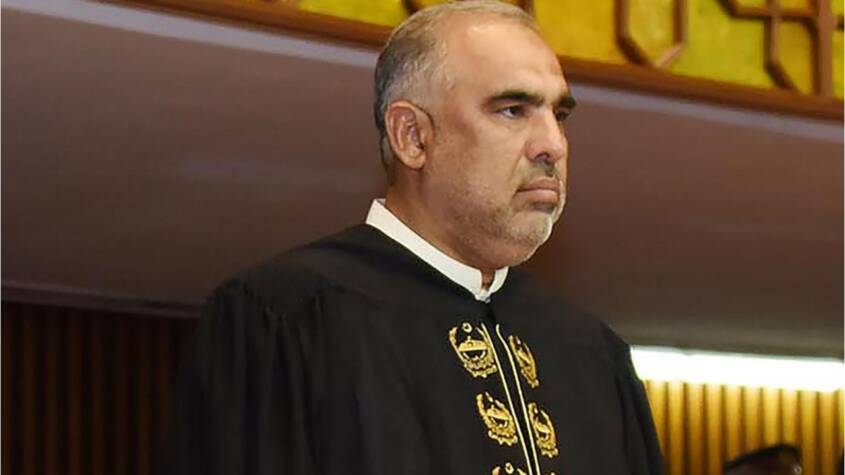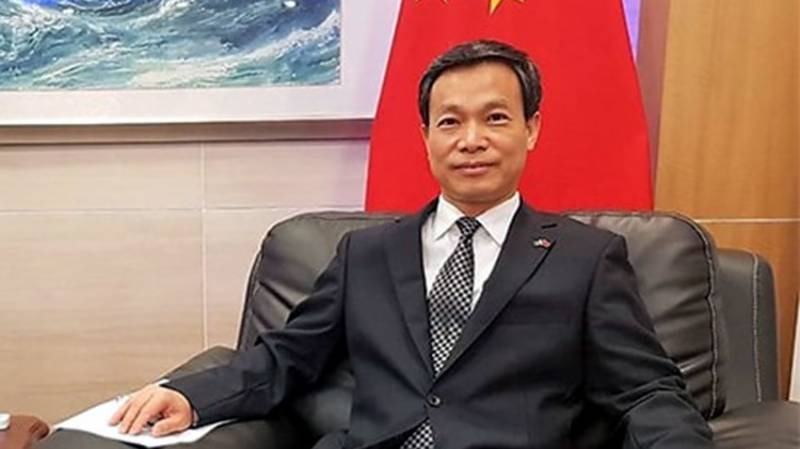Ahsan Munir, a columnist writes that in the first phase of CPEC, Pakistan’s infrastructure was developed which included building roads and setting up power plants. Now, as CPEC enters its second phase, emphasis is being given on the development of SEZs, and so far, four have been established. These include Rashakai SEZ in KP, Allama Iqbal Industrial City in Punjab, Bostan SEZ in Balochistan, and Dhabeji SEZ in Sindh. However, Munir writes that the success of SEZs rests on providing utilities, providing a suitable infrastructure and workforce, enabling a mix of industries, and setting up avenues for potential investors.
The first phase of CPEC had been all about developing infrastructure such as building roads and setting up power plants. Now, CPEC has entered its second phase, where special economic zones (SEZs) will be developed along the route. Four major SEZs have been initiated in the second phase—termed the industrialisation phase of CPEC. The four major SEZs are Rashakai SEZ in KP, Allama Iqbal Industrial City in Punjab, Bostan SEZ in Balochistan, and Dhabeji SEZ in Sindh.
Rashakai was inaugurated sometime back and it is reported that it’s being populated and will bring prosperity to the area, while the rest of SEZs are in various phases of land procurement and infrastructure development. For instance, Dhabeji technically, is still an industrial zone and is yet to be declared an SEZ. Further, the contract for developing Dhabeji as an industrial zone is still in litigation.
Recently, the government planned several roadshows chiefly with Chinese investors and urged them to invest in SEZs. They have been briefed about the investment opportunities available in Pakistan and possible joint ventures with various traditional industrial sectors such as textiles. However, the success of SEZs depends upon various factors, some of which are discussed.
First, Pakistan is going through a utilities crisis. Every day, electricity prices are increased. Similarly, Pakistan’s gas reserves are dwindling quickly, and no serious effort has been made in the last many decades to discover new oil and gas reserves. Resultantly, we are suffering from gas shortages, which have become acute during winter. Gas supply is reduced to industry, and even the strong, influential export-oriented All Pakistan Textile Mills Association (APTMA) has to go into extensive negotiations for uninterrupted gas supply. Thus it is not clear how the government will be able to make gas and other utilities available at competitive prices to new industries being set up in the SEZs.
Second, if we believe suitable infrastructure will be provided, the next question is of providing a suitably-trained workforce at these SEZs. The government is hoping that new industries would be set up and the transfer of technology would be facilitated. However, to absorb technology transfer, trained manpower with sufficiently developed analytical and critical skills is needed. Unfortunately, most of our technical and vocational training institutes are teaching outdated syllabi on obsolete machines. Our engineering universities are not generating students who can absorb the new knowledge which accompanies every new transfer of technology. This new knowledge accompanying technology is necessary to understand to operationalise the technology, troubleshoot it and customise it to local needs. Thus, our vocational and engineering universities need to be aligned to the needs of future industries being set up in the SEZs.
Third, different industries, such as a mix of heavy, medium and light industries, would be set up in each SEZ. And all of these industries would require different inputs such as raw materials, skilled manpower and others. Accordingly, each SEZ would require a different set of skills to support these industries. Thus, the important question is whether the SEZ management and their respective industries would be able to gather and retain the critical mass of skills required to efficiently and productively run SEZs.
Fourth, it has been an experience that government participation at any level ultimately generates bureaucracy. Although the federal and provincial governments have established independent SEZ management companies, for long-term sustainability these companies must be run under the management of industrial representatives who would populate SEZs, as they are the real stakeholders in the success of SEZs.
Thus, while it has been a few years since the initiation of CPEC projects, the federal and provincial governments are still struggling to put SEZs on the ground, and touring and approaching the investors to come. This homework should have been completed while CPEC was still in its first phase of laying down infrastructure. Therefore, now the governments, both at the federal and provincial levels, instead of a piecemeal approach, need to take an integrated approach to the development and population of SEZs. Consequently, along with searching for potential investors, the government should also be thinking about how it would be able to develop a critical mass of skills at these SEZs, overcome the utilities crisis, and align academic and vocational training to the needs of industries in these SEZs.

















